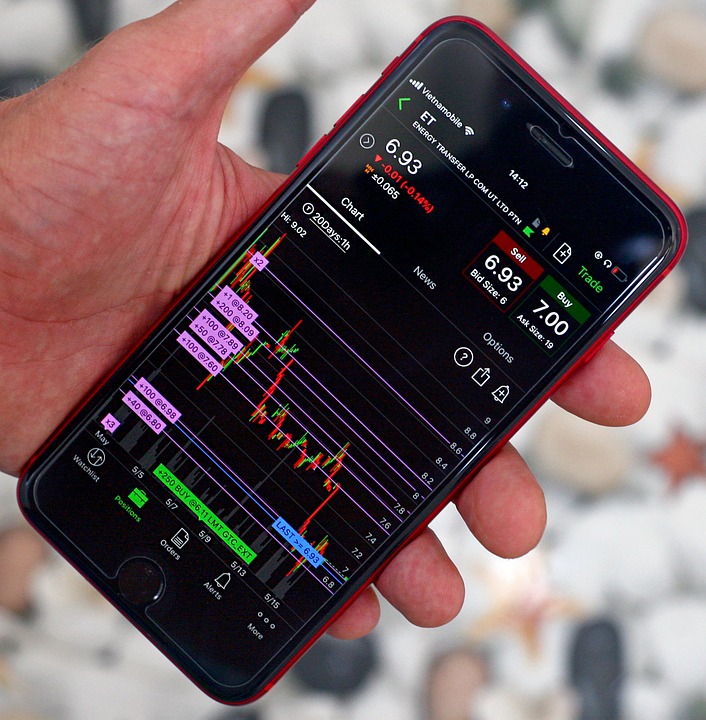Understanding Trading Basics: A Step-by-Step Guide
Trading in the financial markets can seem intimidating at first, but with a solid understanding of the basics, anyone can get started. In this article, we will take a step-by-step approach to explain the fundamentals of trading, helping you build a strong foundation for your trading journey.
Step 1: Define Trading
Trading is the buying and selling of financial instruments, such as stocks, bonds, commodities, and currencies, with the goal of making a profit. Traders use various strategies and techniques to buy and sell these instruments at the right time to maximize their returns.
Step 2: Understand the Market
The financial market is a platform where buyers and sellers meet to exchange financial instruments. There are various types of markets, including:
- Stock Market: Where companies’ shares are traded.
- Bond Market: Where governments and companies issue debt securities.
- Commodity Market: Where natural resources, such as gold, oil, and wheat, are traded.
- Currency Market: Where currencies are traded.
Each market has its own set of rules, regulations, and participants. Understanding the market structure and dynamics is crucial for successful trading.
Step 3: Learn the Trading Terminology
Familiarize yourself with common trading terms, such as:
- Bid: The price at which a trader is willing to buy a security.
- Ask: The price at which a trader is willing to sell a security.
- Spread: The difference between the bid and ask prices.
- Leverage: The use of borrowed money to increase trading potential.
- Margin: The amount of money required to trade a security.
Understanding these terms will help you navigate the trading world with confidence.
Step 4: Choose a Trading Strategy
There are numerous trading strategies, each with its own strengths and weaknesses. Some popular strategies include:
- Day Trading: Buying and selling securities within a single trading day.
- Swing Trading: Holding securities for a shorter period, typically a few days or weeks.
- Position Trading: Holding securities for a longer period, often several months or years.
It’s essential to choose a strategy that aligns with your risk tolerance, trading experience, and market conditions.
Step 5: Open a Trading Account
To start trading, you need to open a trading account with a reputable broker. Consider the following factors when selecting a broker:
- Fees and Commissions: Check the fees and commissions charged by the broker.
- Trading Platforms: Ensure the broker offers a user-friendly trading platform.
- Regulation: Verify that the broker is regulated by a reputable financial authority.
Step 6: Fund Your Account
Once you have opened a trading account, you need to fund it with the necessary capital. This will enable you to start trading and taking advantage of market opportunities.
Step 7: Start Trading
With your account funded and a trading strategy in place, you can start trading. It’s essential to set realistic expectations, manage risk, and continuously monitor and adjust your trades.
Conclusion
Understanding trading basics is a crucial step in becoming a successful trader. By following these seven steps, you will gain a solid foundation in trading and be well-equipped to navigate the financial markets. Remember to stay informed, stay disciplined, and always prioritize risk management. Happy trading!
